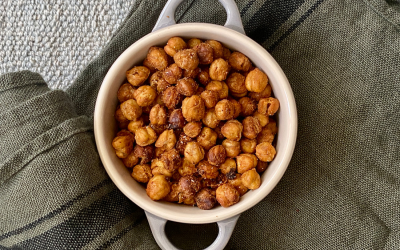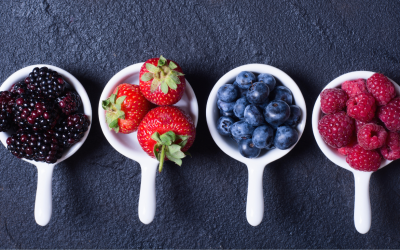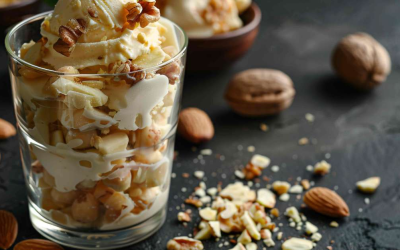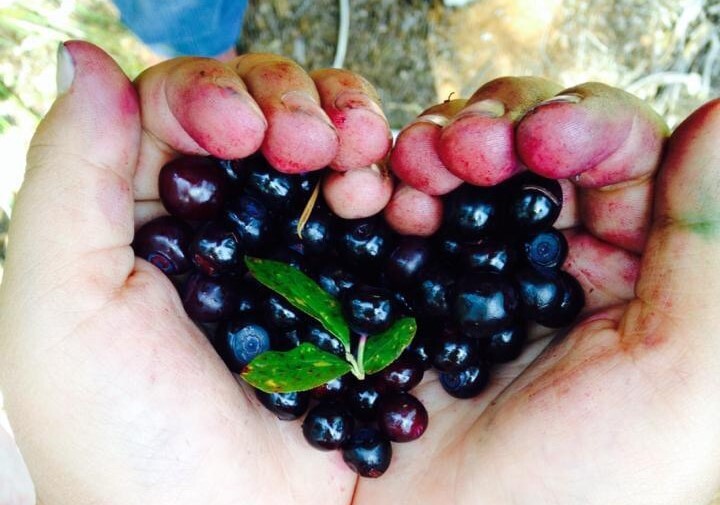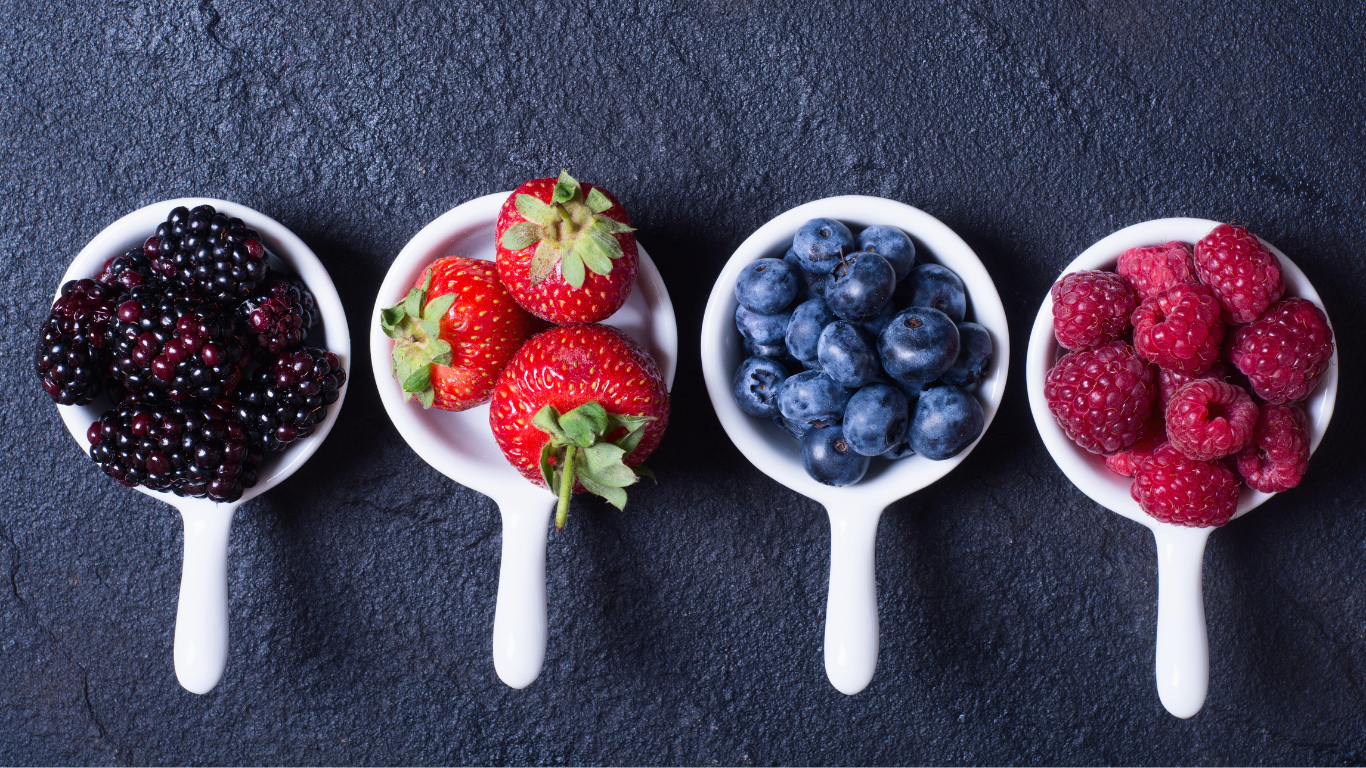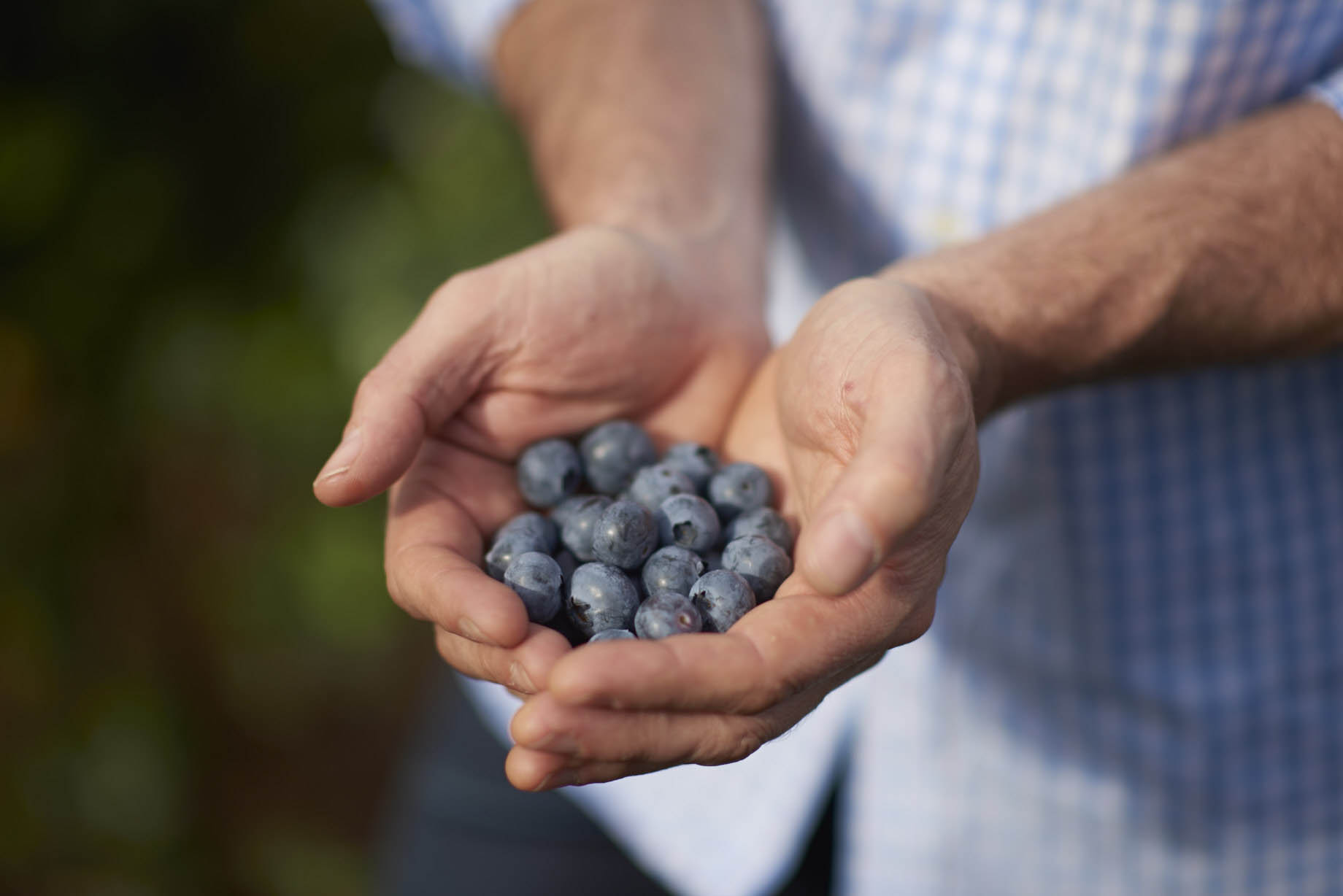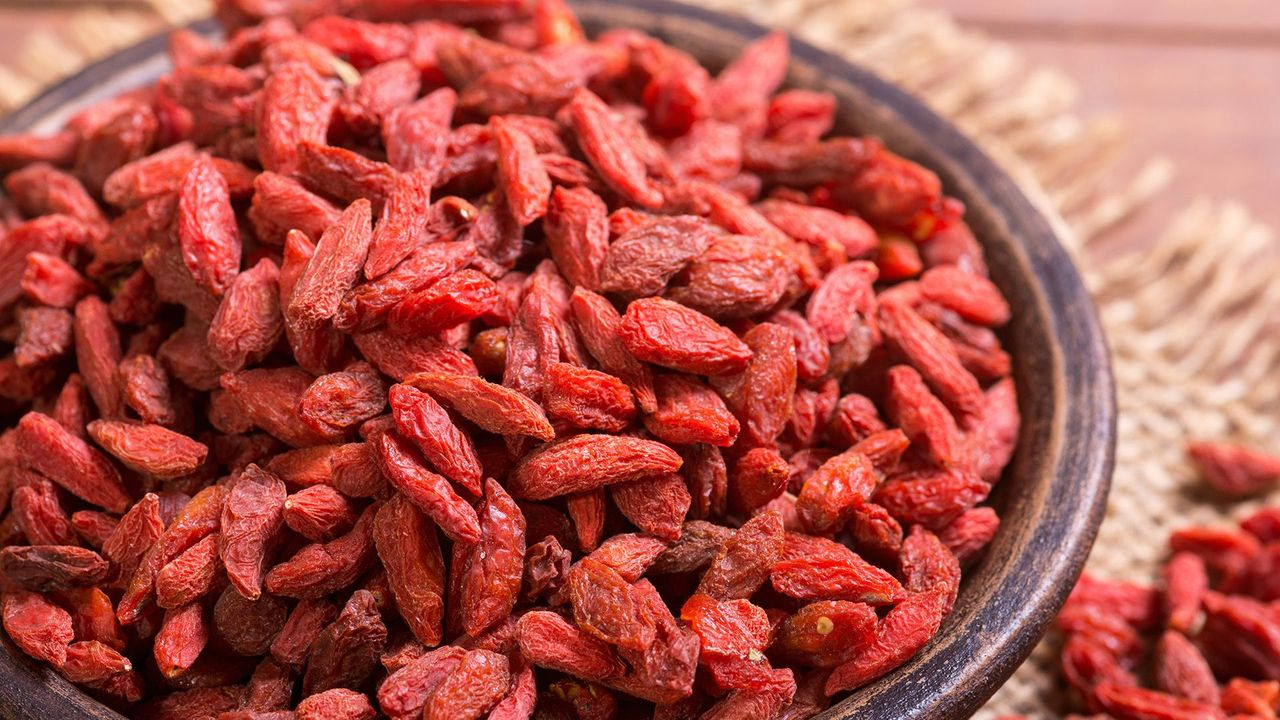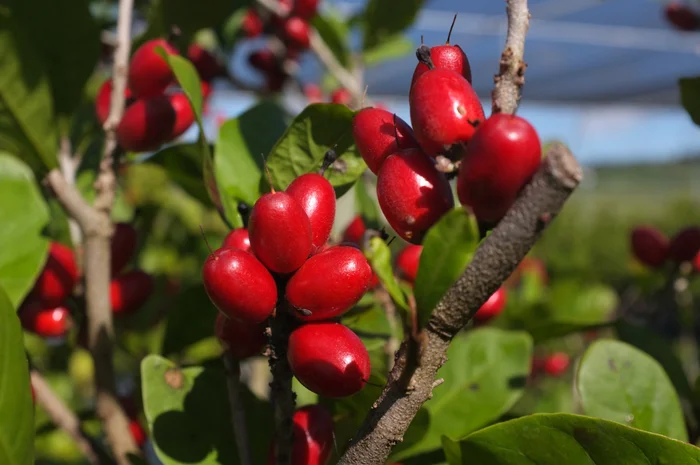lagourmandinerhumerie.com – Huckleberries are small, round berries that grow wild in various regions, particularly in North America. Known for their tart-sweet flavor and deep purple or black hue, huckleberries have captured the hearts of foragers, food enthusiasts, and nature lovers alike. Often compared to blueberries, huckleberries have a distinct taste and cultural significance, making them a cherished ingredient in culinary traditions and a symbol of wilderness.
Origins and Characteristics
Huckleberries belong to the genus Vaccinium and Gaylussacia, closely related to blueberries and cranberries. They thrive in acidic, well-drained soils, often found in forests, mountainous regions, and coastal areas of North America, particularly in the Pacific Northwest, Rocky Mountains, and parts of Canada. Unlike cultivated blueberries, huckleberries are primarily wild and not widely commercialized due to their delicate nature and specific growing conditions.
The berries are typically smaller than blueberries, ranging from 5 to 10 millimeters in diameter, with a glossy appearance and a flavor that balances tartness and sweetness. Huckleberries are rich in antioxidants, vitamins C and K, and dietary fiber, making them a nutritious addition to diets. Their vibrant color comes from anthocyanins, compounds known for their health benefits.
Culinary Uses of Huckleberries
Huckleberries are versatile in the kitchen, offering a bold flavor that enhances both sweet and savory dishes. Some popular uses include:
-
Jams and Preserves: Huckleberry jam is a staple in regions where the berries grow, offering a tangy spread for toast or desserts.
-
Baked Goods: From pies and muffins to pancakes and scones, huckleberries add a burst of flavor to baked treats.
-
Beverages: Huckleberries are used in smoothies, cocktails, and even craft beers, with their tartness complementing other ingredients.
-
Sauces and Savory Dishes: In some cuisines, huckleberries are paired with meats like venison or duck, creating rich, flavorful sauces.
-
Snacking and Foraging: Freshly picked huckleberries are a delightful treat for hikers and foragers, though their seeds are slightly more noticeable than those of blueberries.
Due to their limited availability, huckleberries are often considered a gourmet ingredient, with products like huckleberry syrup and candy gaining popularity in specialty stores.
Cultural and Historical Significance
Huckleberries hold a special place in the cultures of indigenous peoples in North America. Tribes such as the Salish, Kootenai, and Nez Perce have long relied on huckleberries as a food source, medicine, and ceremonial item. The berries were traditionally dried for winter use or mixed with meat to create pemmican, a nutrient-dense food. Huckleberry picking remains a communal activity in many indigenous communities, symbolizing connection to the land and heritage.
The berries also inspired literature and folklore. Mark Twain’s iconic character Huckleberry Finn, from The Adventures of Huckleberry Finn (1884), was named after the berry, evoking a sense of wildness and independence. In the Pacific Northwest, huckleberry festivals celebrate the berry with events like pie-eating contests and foraging tours, drawing locals and tourists alike.
Huckleberries in the Modern World
As of October 2025, huckleberries remain a niche but beloved ingredient. Their wild nature makes them difficult to cultivate, which adds to their allure and high market value. In regions like Idaho and Montana, huckleberry tourism has grown, with visitors flocking to pick berries or enjoy huckleberry-themed products. However, overharvesting and climate change pose challenges, prompting conservation efforts to protect huckleberry habitats.
In culinary trends, huckleberries are increasingly featured in farm-to-table restaurants and artisanal products. Social media platforms like Instagram showcase vibrant huckleberry dishes, from smoothies to desserts, inspiring home cooks to experiment with this unique berry.
Tips for Enjoying Huckleberries
If you’re interested in exploring huckleberries, here are some tips:
-
Foraging Safely: If foraging, go with experienced guides and respect local regulations to avoid overharvesting or trespassing.
-
Sourcing Huckleberries: Look for huckleberry products at farmers’ markets, specialty stores, or online retailers in regions like the Pacific Northwest.
-
Storage: Fresh huckleberries spoil quickly, so refrigerate them and use within a few days, or freeze them for longer storage.
-
Cooking Tips: Balance their tartness with sweeteners like honey or sugar in recipes, and pair with creamy ingredients like yogurt for a harmonious flavor.
-
Support Conservation: Choose sustainably sourced huckleberry products to support efforts to preserve wild populations.
Challenges and Considerations
Huckleberries face several challenges:
-
Limited Availability: Their wild growth limits supply, making them expensive and hard to find outside certain regions.
-
Environmental Threats: Climate change and habitat loss threaten huckleberry populations, impacting both ecosystems and indigenous communities.
-
Foraging Risks: Inexperienced foragers may mistake huckleberries for toxic berries, so proper identification is crucial.
Huckleberries are more than just a fruit; they are a symbol of nature’s bounty and cultural heritage. Their unique flavor, nutritional benefits, and deep-rooted history make them a treasure worth celebrating. Whether enjoyed in a homemade pie, a craft cocktail, or straight from the bush during a forest hike, huckleberries offer a taste of the wild that connects us to tradition and the natural world. As we move forward, preserving their habitats and embracing their legacy will ensure that huckleberries remain a vibrant part of our culinary and cultural landscape.


